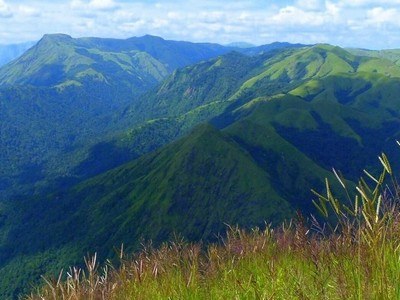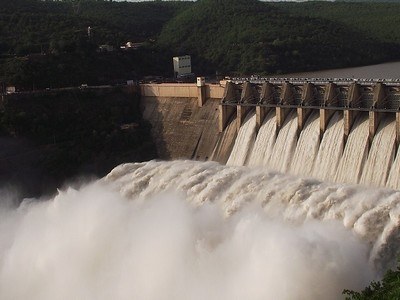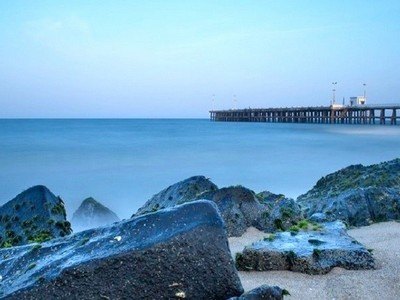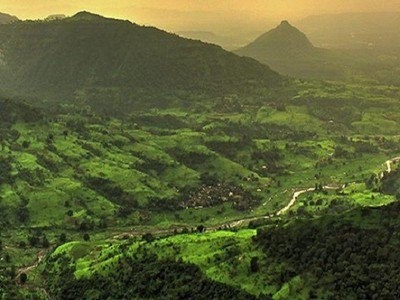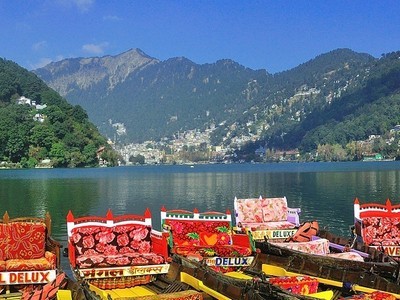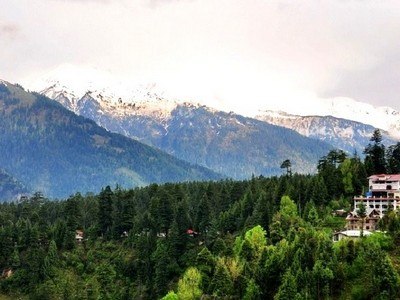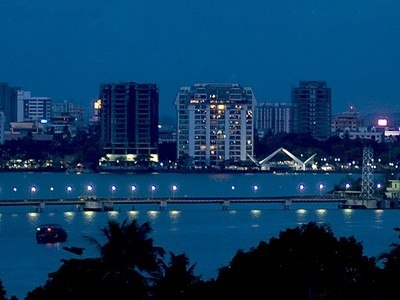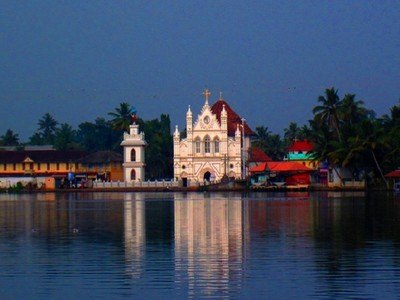Surrounded by the Dhauladhar ranges, McLeod Ganj, also spelt McLeodGanj, is a scenic hill station that lies at an altitude of 2082 m in Himachal Pradesh. About238 km from Manali, 240 km from Shimla, and 490 km from Delhi, it is one of the popular places to visit as part of Himachal tour packages.
Mcleodganj was the official residence of the 14th Dalai Lama, Tenzin Gyatso, and also the headquarters of the Tibetan Government in exile. Mcleodganj packages are a mix of Tibetan institutions, Buddhist monasteries, culture, art, and crafts. Dharamkot, Bhagsu, Triund, Dal Lake, Gaggal, Lower Dharamshala, Namgyal Monastery, Tsuglagkhang, and Tsechokling Gompa are the top tourist places in Mcleodganj. It is also a major shopping center famous for souvenirs like Tibetan handicrafts, carpets, garments, wooden masks, paper drawings, beads, baubles, etc.
McLeodganj also serves as a base camp for various trekking expeditions that cover Kangra and Chamba Valleys and Dhauladhar ranges. It is one of the top hill stations near Delhi.
...read more







